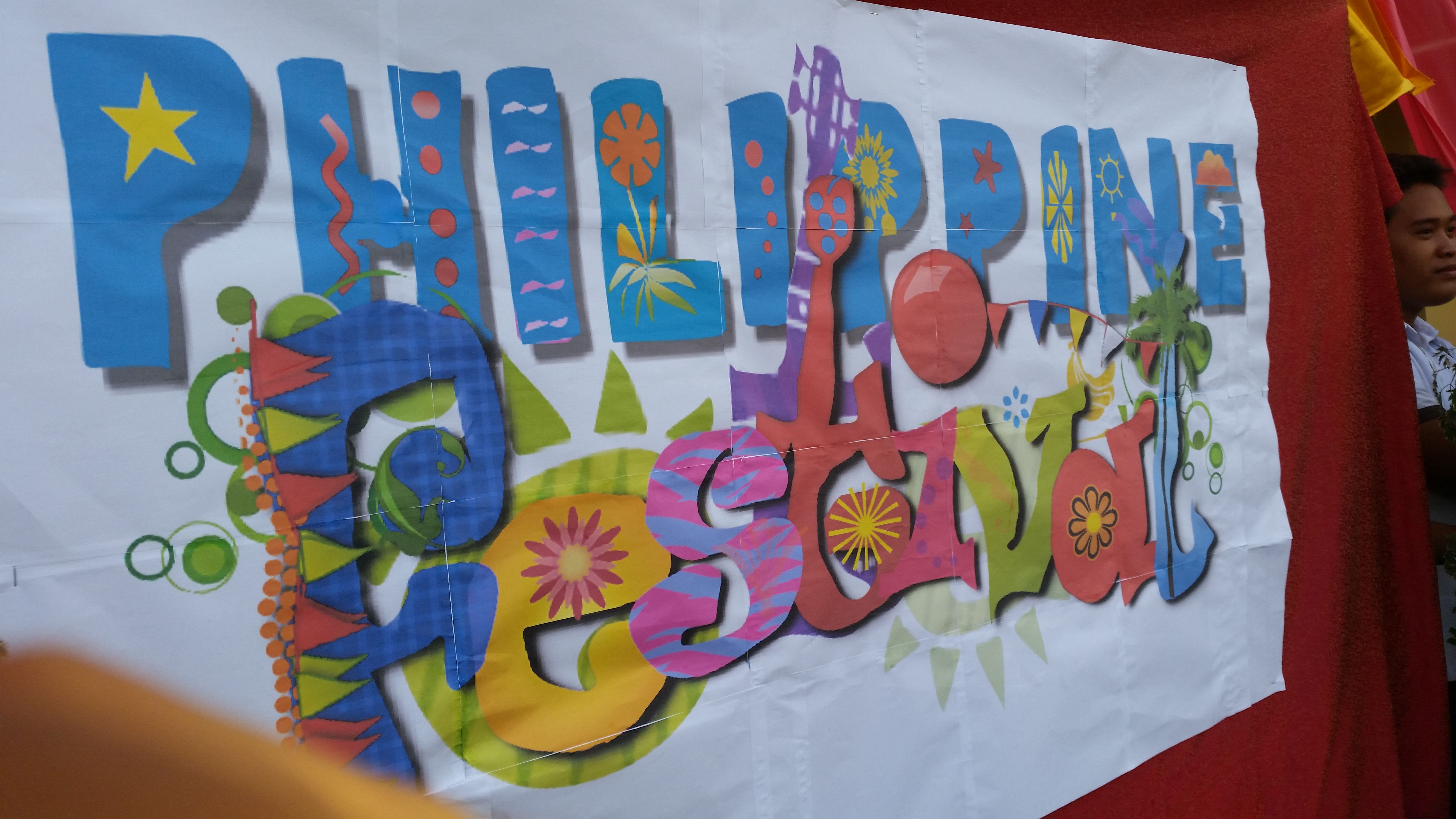
Festivals also known as "Fiestas".
Fiestas in the Philippines can be religious, cultural, or both. Several of these are held to honor the local Roman Catholic patron saint, to commemorate local history and culture, to promote the community's products, or to celebrate a bountiful harvest.
Our school of Mactan National High School located at the heart of Lapu-Lapu City Cebu with more or less 3,800 students that includes both Junior and Senior high school.
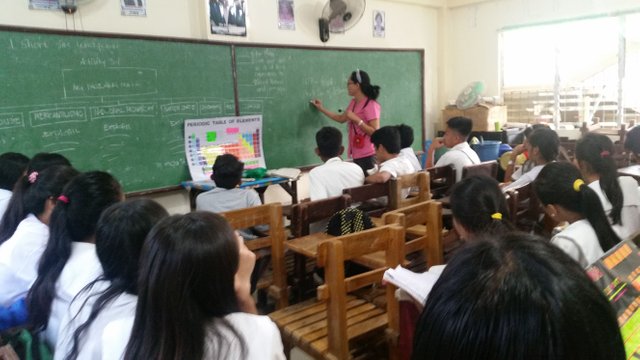
The very dynamic Teachers of MAPEH department in our school have a yearly school based Philippine Festivals presentation. And just yesterday, the Grade 9 students showcase their talents and love in dancing.
Here are the lists, photos and history of every festival presented.
T'NALAK FESTIVAL by G9-Ivory
T’nalak (Tinalak) Festival is a festival which commemorates the foundation anniversary of South Cotabato. T’nalak Festival happened every month of July in Koronadal City the capital of South Cotabato.
The name of the festival was derived from t’nalak, a colorful abaca cloth created and woven by the women of the province’s T’boli tribe. The T’nalak fabric serves as the festival icon because it symbolizes the blending of culture, strength, and unity of the various ethnic groups living in the province.
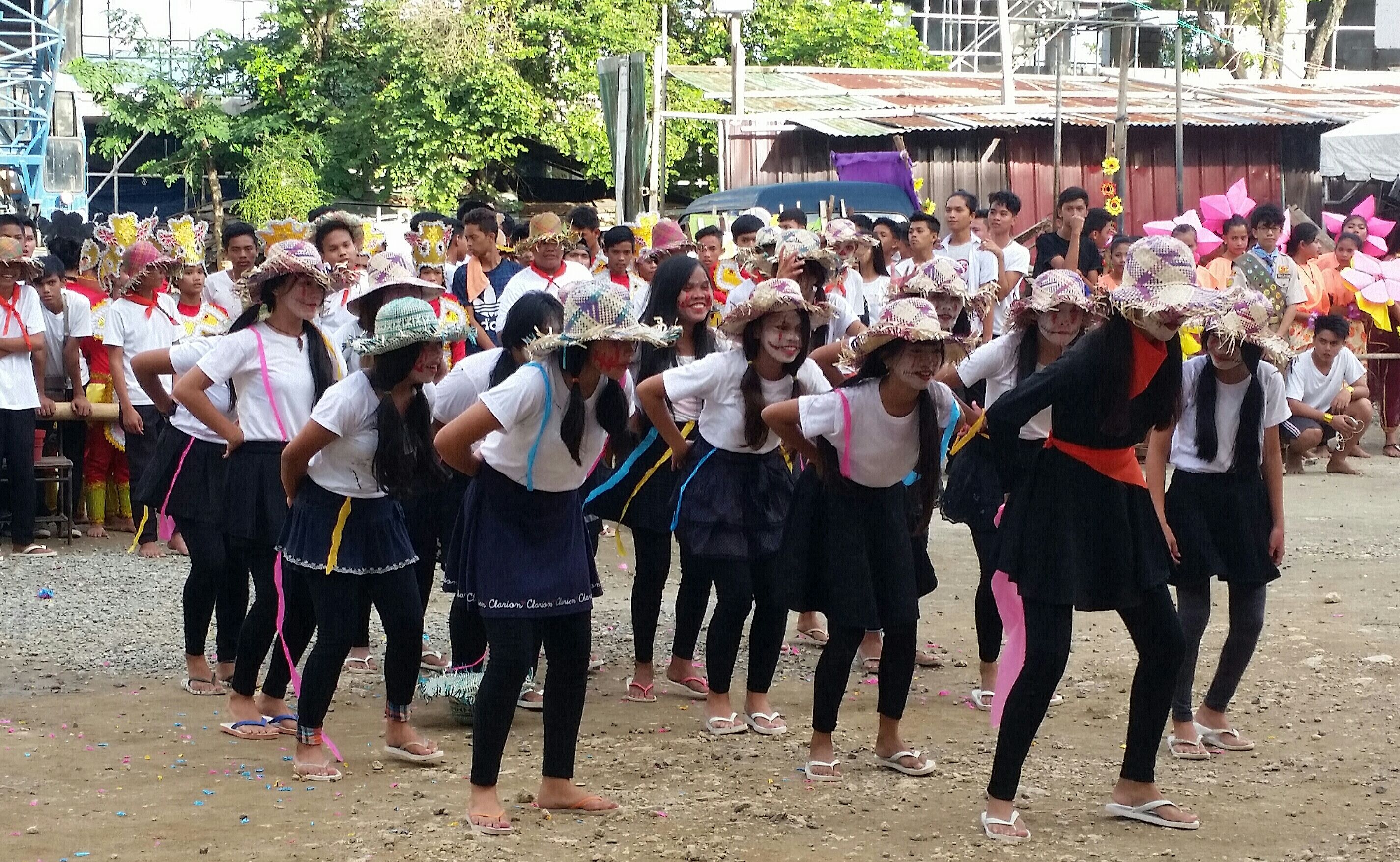
ATI-ATIHAN FESTIVAL by G9-Lilac
The Ati-Atihan Festival is a feast held annually in January in honor of the Santo Niño (Infant Jesus), concluding on the third Sunday, in the island and town of Kalibo, Aklan in the Philippines. The name Ati-Atihan means "to be like Atis" or "to make believe Ati's", the local name for the Aeta aborigines who first settled Panay Island and other parts of the archipelago.
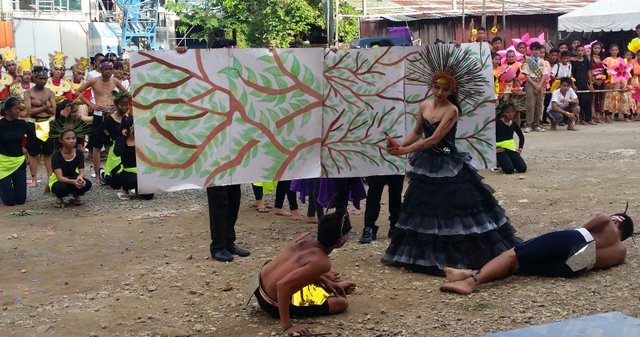

MANGO FESTIVAL by G9-Azure
The Dinamulag Festival also known as the Zambales Mango Festival is an annual festival held in the province of Zambales in the Philippines to celebrate or encourage bountiful harvest of the province's mangoes. The festival was first held in 1999.
Mangoes are a primary crop of the province of Zambales. Mangoes harvest in the town of Palauig are mostly exported to other provinces and Metro Manila. The festival is held to celebrate bountiful harvest of mangoes in the provinces.
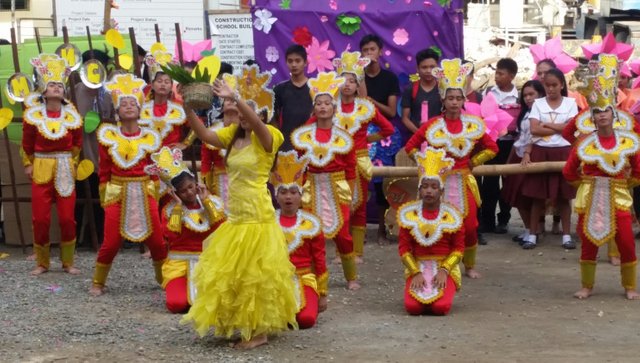
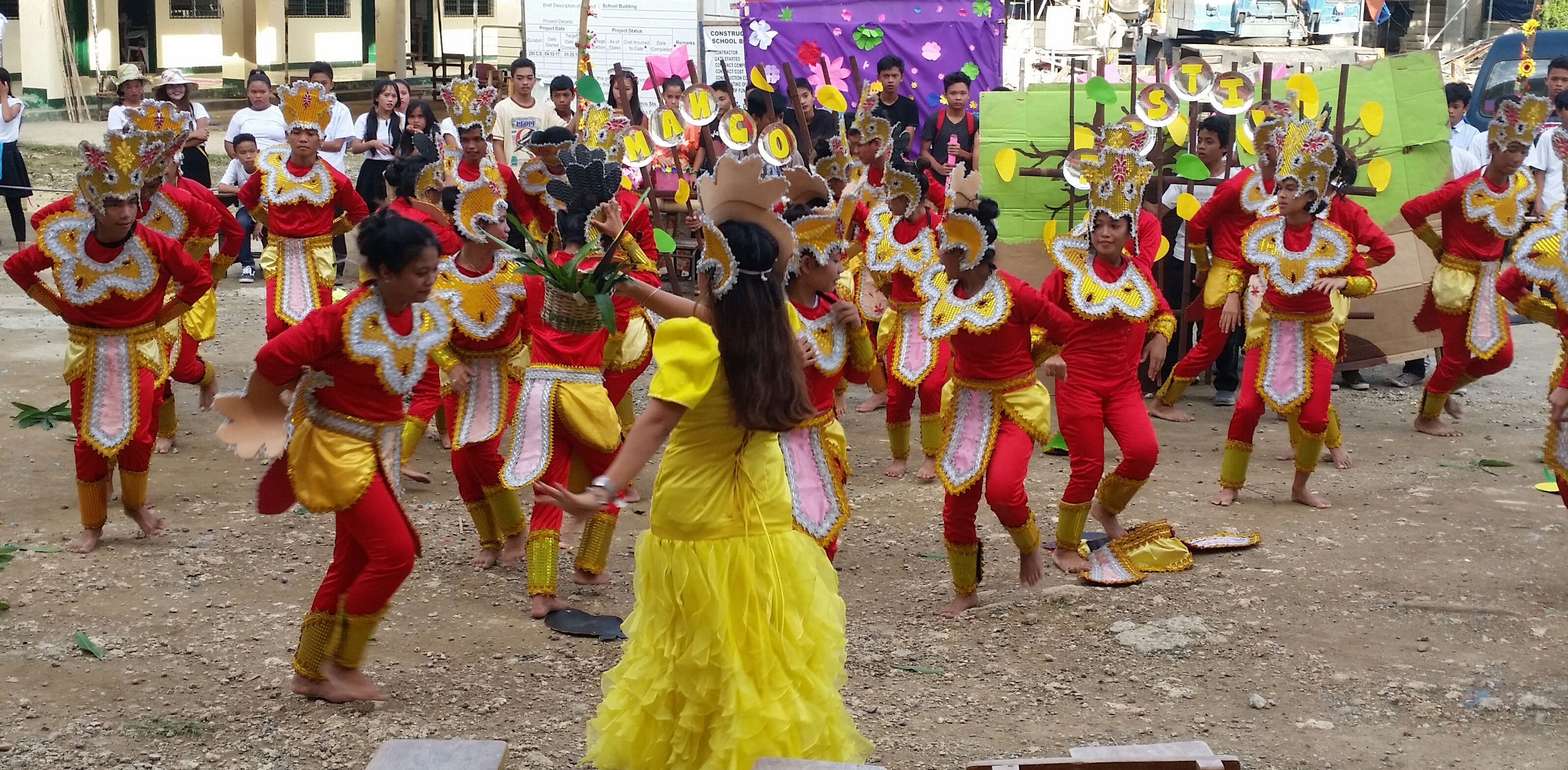
PINTADOS de PASI by G9-Cream
The Pintados Festival in Tacloban City is a Filipino Festival with its own unique flavor. It recalls the Pre-Spanish history of the native Leytenos from wars, epics and folk religions. The most expected aspect in Pintados is the festive dancers, painted from head to toe with designs that look like armor to resemble tattooed warriors.
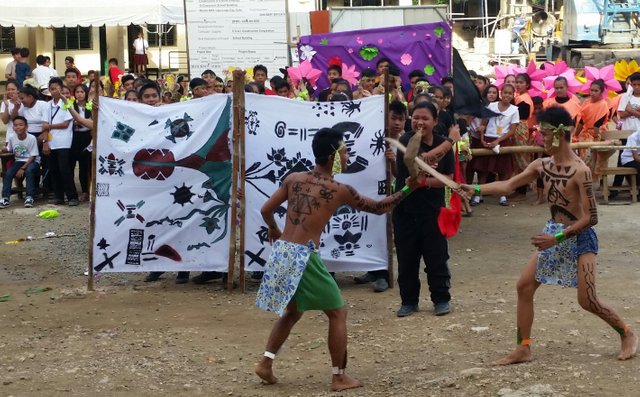
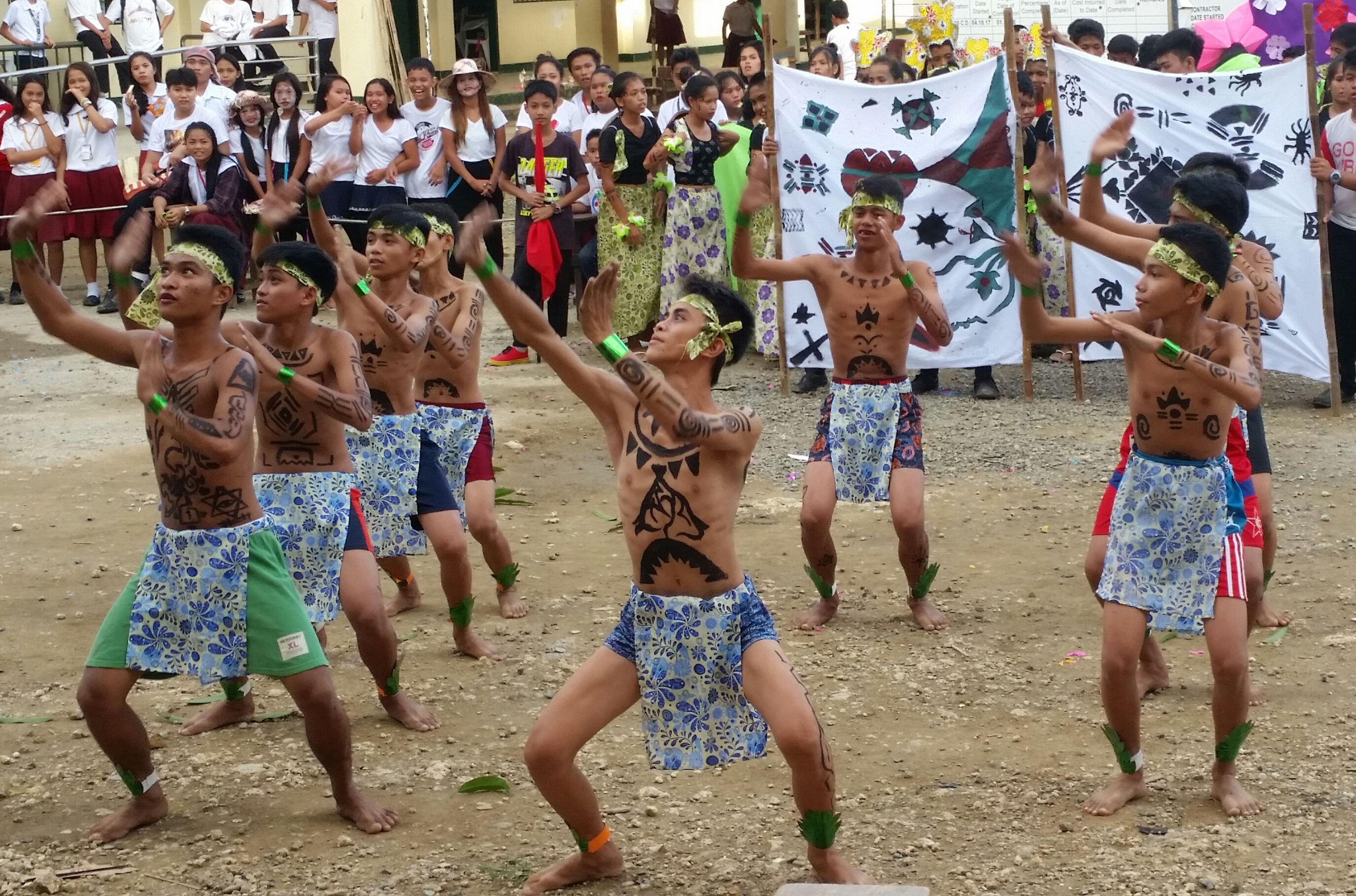
MASKARA FESTIVAL by 9-Tangerine
MassKara Festival is an annual festival in Bacolod City with highlights every fourth Sunday of October with street dancers in colorful costumes, masks and headdresses. Bacolod City invites you to the “happiest and most colorful festival in the Philippines” which will be a month-long celebration with concerts, food fests, street parties, and a lot of activities will draw thousands of visitors to the City of Smiles.
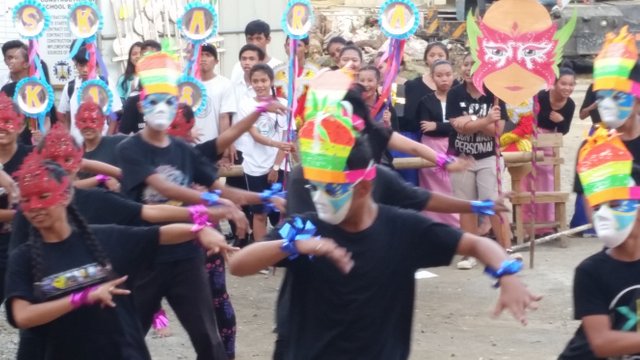
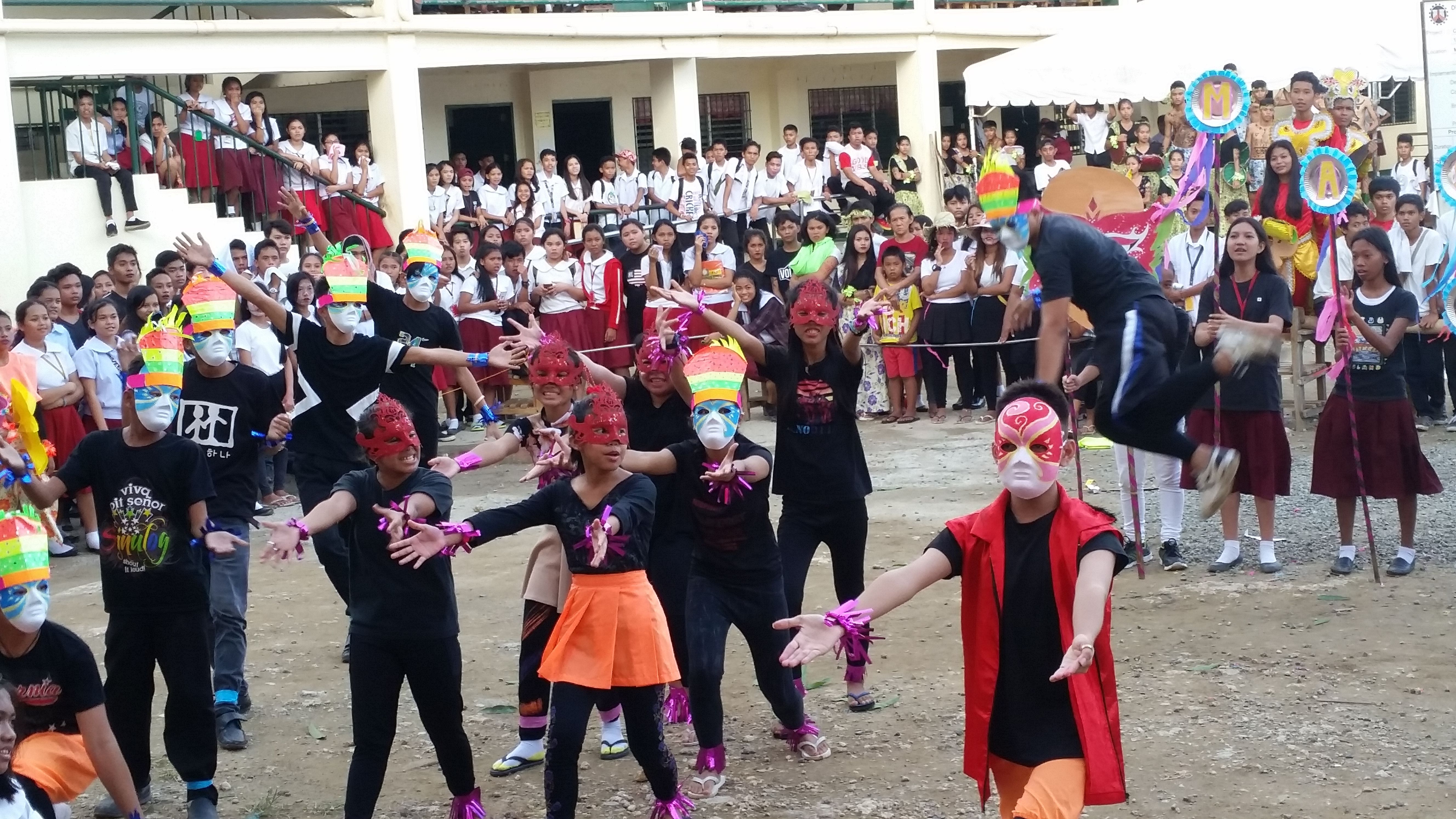
SANGYAW FESTIVAL by G9-Crimson
Sangyaw is a popular native festival held every 29th of June in Tacloban City. Sangyaw, which means “to announce or herald a news” in the local dialect, has assumed a popular following after its creation by then former First Lady Imelda Marcos in 1976. The current festivities became an annual event until 1986 when the late Corazon Aquino assumed the presidency and abolished Sangyaw. It was only in 2008 when Mayor Alfred Romualdez, a nephew of the former first lady, finally revived the Sangyaw festival and was readily accepted with by the reinvigorated Taclobanon community in the city and other parts of the region.
Sangyaw is religious in origin and traces its roots to a purely Taclobanon Christian beginning. Sangyaw Festival showcases the rich cultural and religious heritage of the natives of Tacloban and the province it belongs to. Warriors painted in colorful costumes, women performing elaborate rituals and the incorporation of Christianity are just some of the events featured in the event. The main attraction, however, is the devotion to the Sto. Niño, patron of Tacloban City.
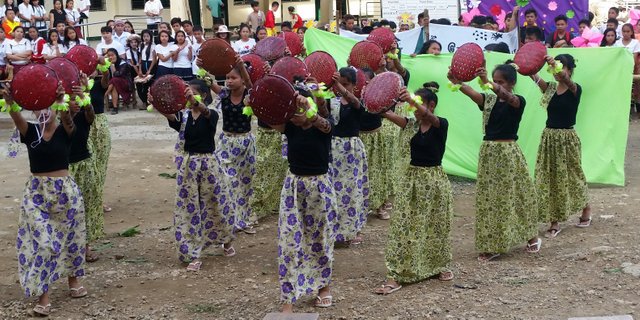
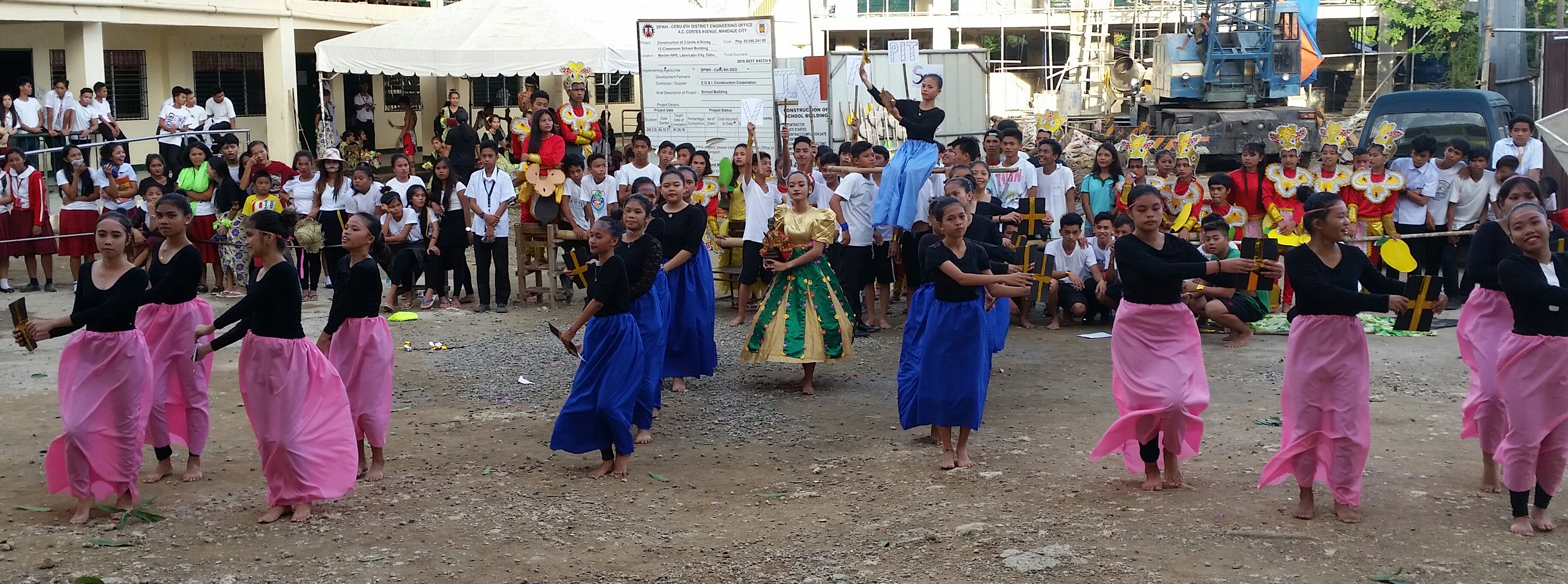
PANAGBENGA FESTIVAL by G9-Fuschia
Panagbenga Festival (English: Flower Festival) is a month-long annual flower festival occurring in Baguio. The term is of Kankanaey origin, meaning "season of blooming". The festival, held during the month of February, was created as a tribute to the city's flowers and as a way to rise up from the devastation of the 1990 Luzon earthquake. The festival includes floats that are covered mostly with flowers not unlike those used in Pasadena's Rose Parade. The festival also includes street dancing, presented by dancers clad in flower-inspired costumes, that is inspired by the Bendian, an Ibaloi dance of celebration that came from the Cordillera region.
Aside from boosting the economy through tourism, the festival also helped the younger generation of indigenous people to rediscover their culture's old traditions. The indigenous people were first wary with government-led tourism because of the threat that they will interfere or change their communities' rituals.
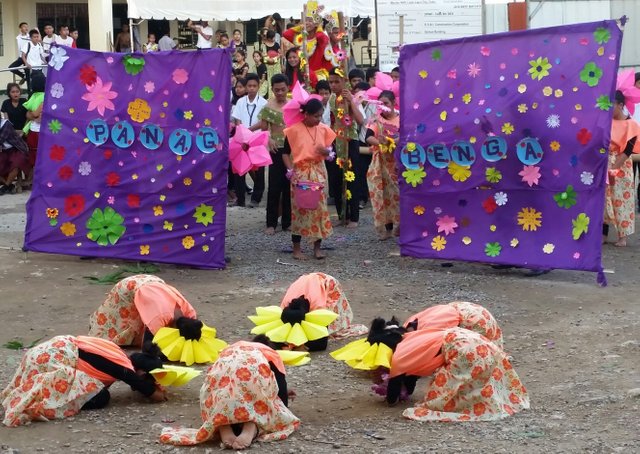
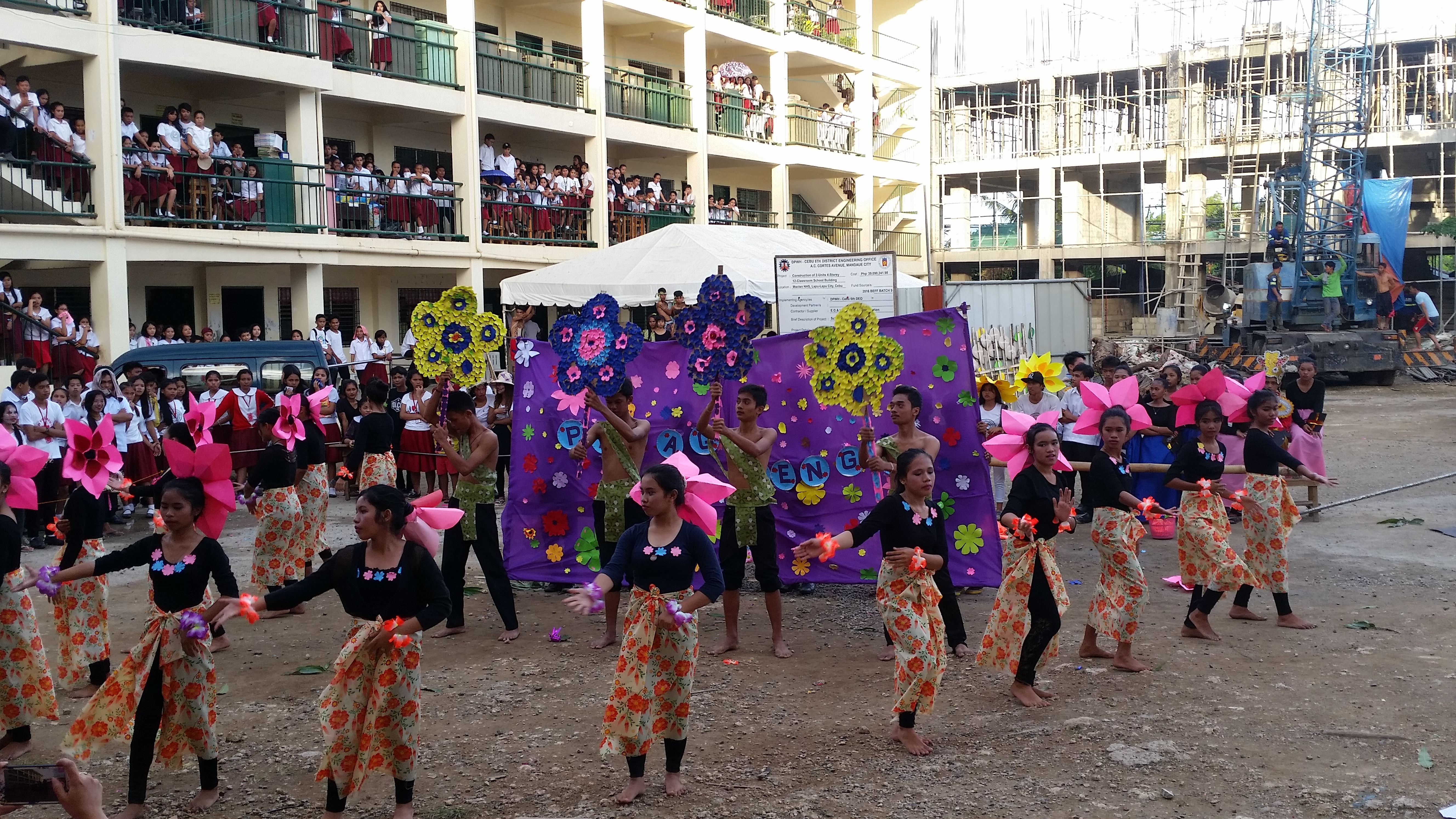
DINAGYANG FESTIVAL by G9-Marsala
The Dinagyang Festival is a religious and cultural festival in Iloilo City, Philippines held on the fourth Sunday of January, or right after the Sinulog in Cebu and the Ati-Atihan Festival in Kalibo, Aklan. It is held both to honor the Santo Niño and to celebrate the arrival on Panay of Malay settlers and the subsequent selling of the island to them by the Atis.
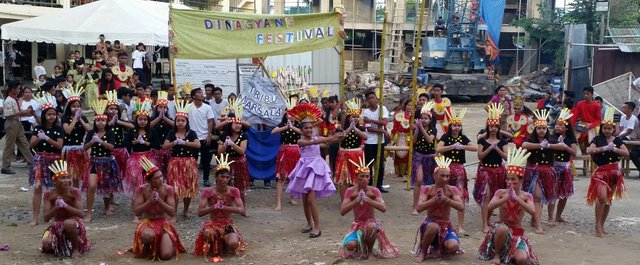
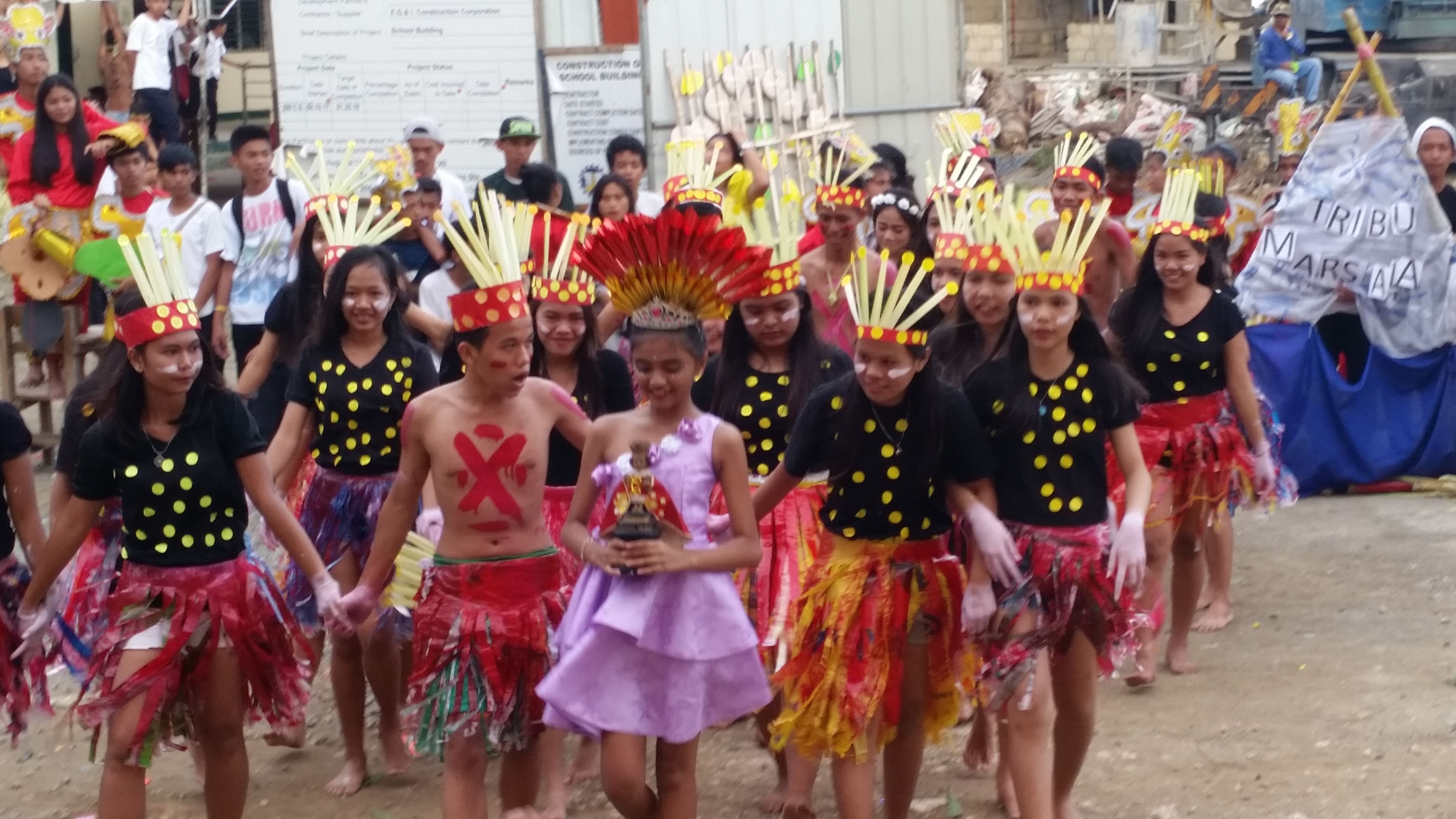
THE AUDIENCE
Students and Teachers are encouraged to support each activity we have in school to feel unity and as a family we go as one.
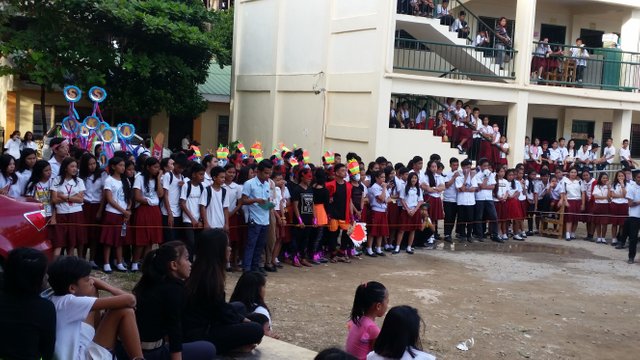
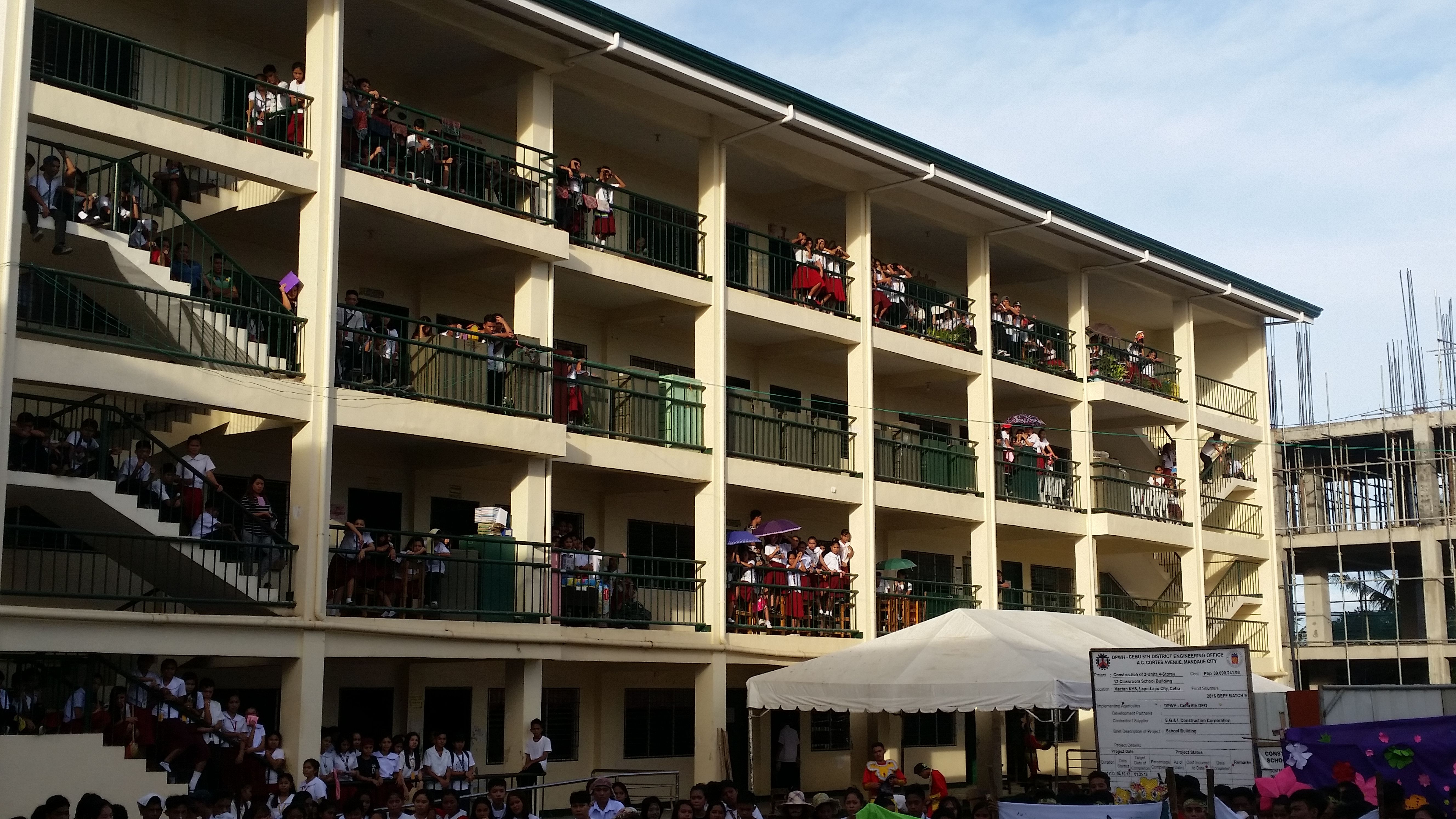
THE JUDGES
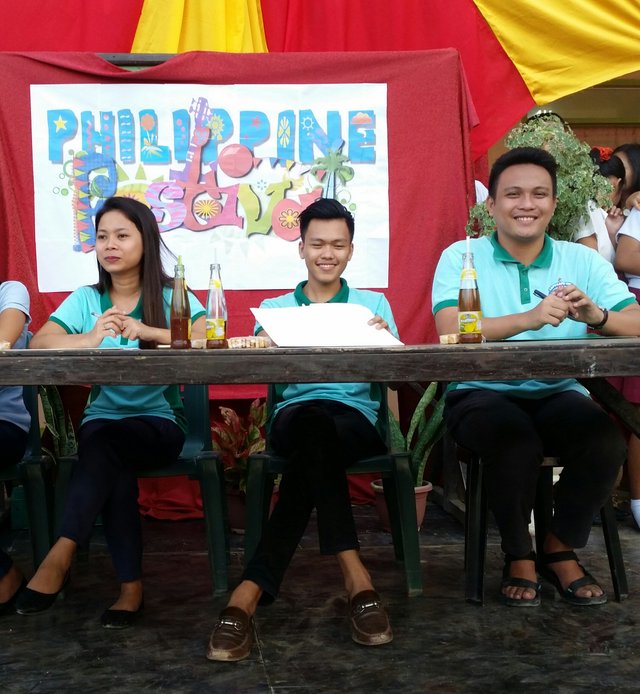
THE EMCEE
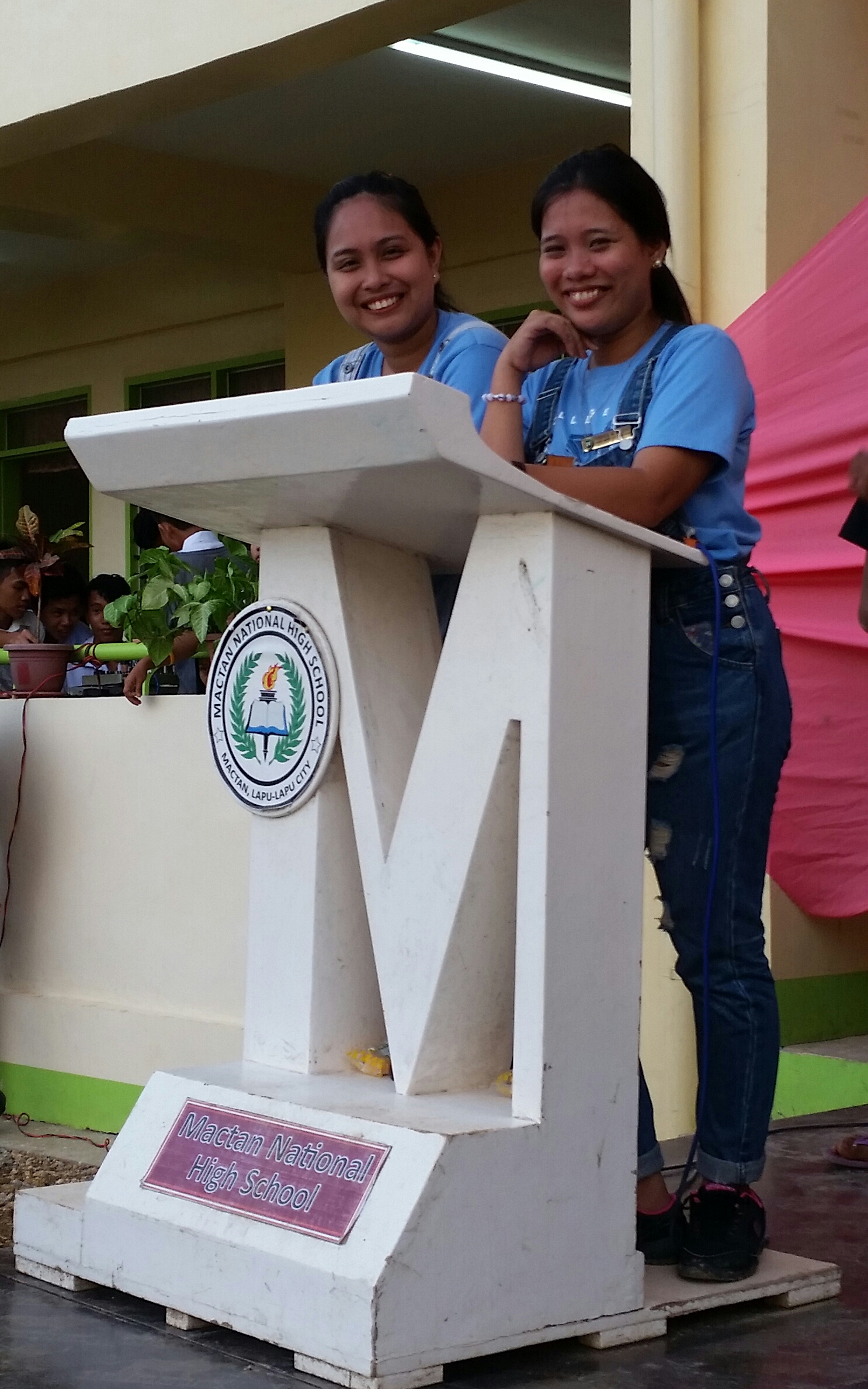
THE DANCING TEACHERS
While waiting for the result of the winners, the crowd requested Teachers for a dance number on the spot. And as a Teacher, we encouraged learners to be participative especially in class and no second thought, the Teachers gave their best. ;)
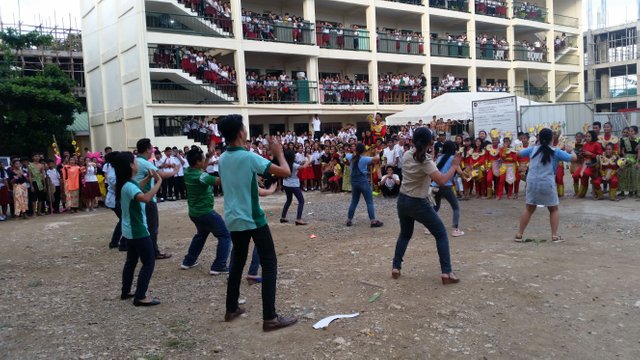
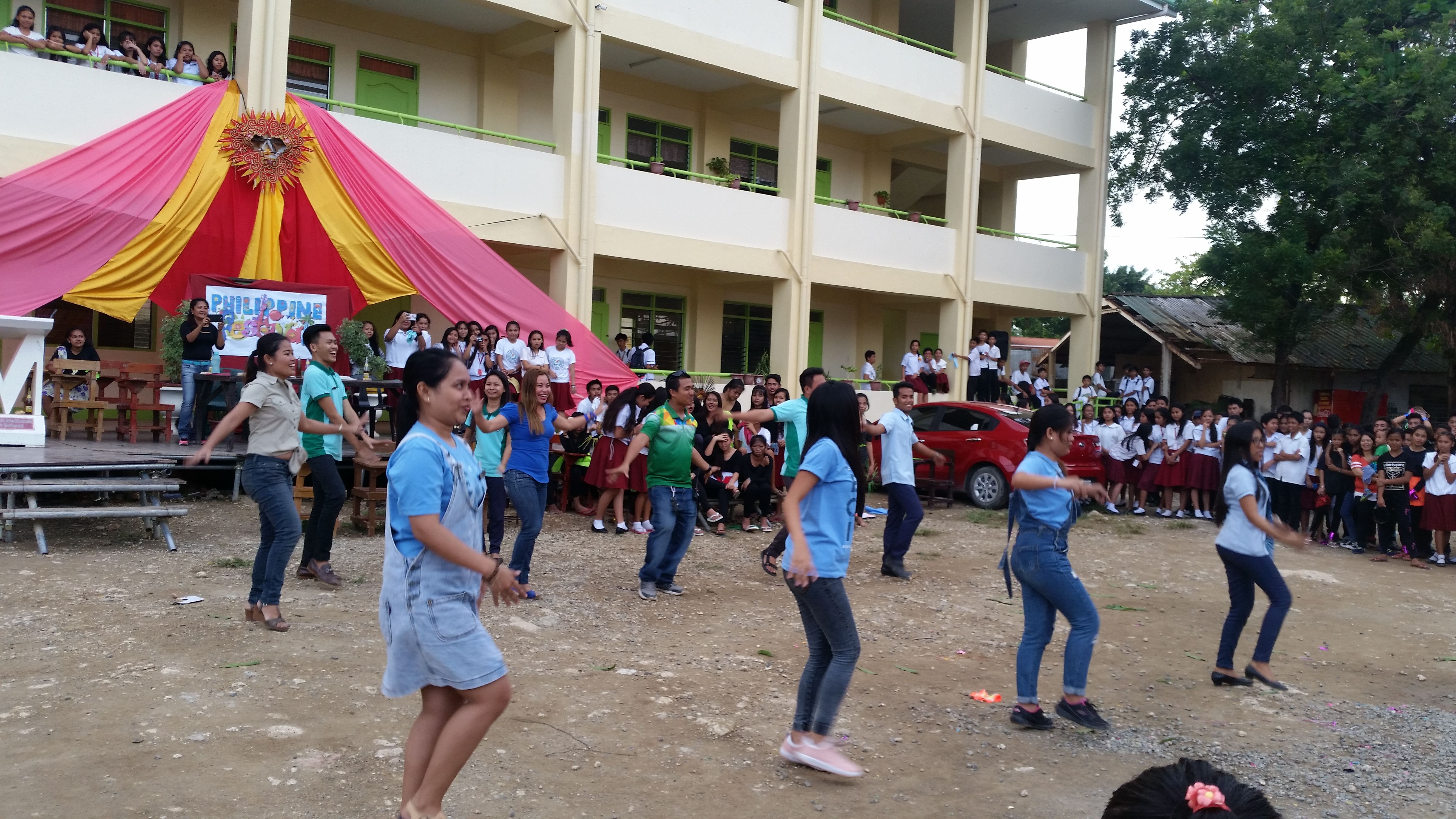
THE WINNERS
First Place - Grade 9 Crimson
Second Place - Grade 9 Azure
Third Place - Grade 9 Fuschia
Congratulations... Everyone did a great job!!!
Keep the love alive and SteemOn!
XOXO,
@georgie84
Idol georgie
Downvoting a post can decrease pending rewards and make it less visible. Common reasons:
Submit
Hahaha! Petmalu
Downvoting a post can decrease pending rewards and make it less visible. Common reasons:
Submit
@originalworks
Downvoting a post can decrease pending rewards and make it less visible. Common reasons:
Submit
Talented @georgie84 ang inyu mga bata...duol ramaan d i ta naa ra sad ko Lapu-Lapu City
Downvoting a post can decrease pending rewards and make it less visible. Common reasons:
Submit
Asa dapita mam? Anak sab diay kang Lapu-Lapu... ^_^
Downvoting a post can decrease pending rewards and make it less visible. Common reasons:
Submit